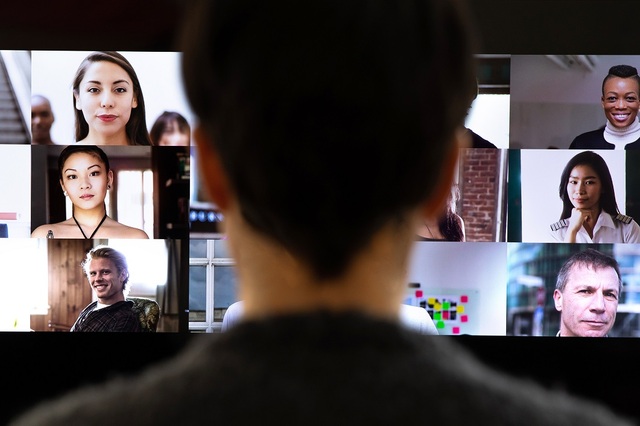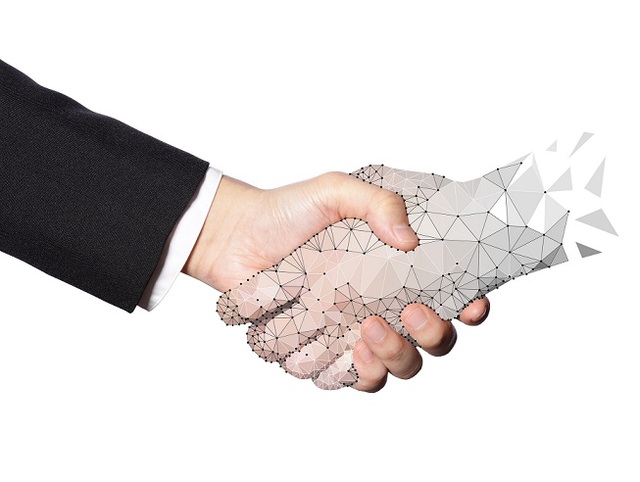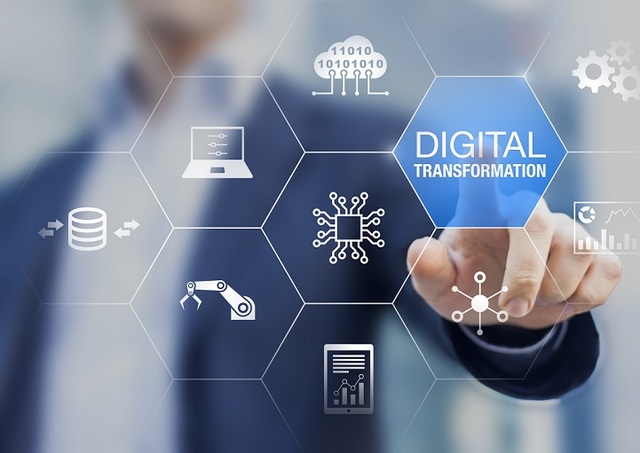A brief guide to what the post-pandemic workplace could look like, and how you can start preparing for it now, technologically and otherwise.

What is the Digital Workplace
Many years ago, when I was a university student, I remember watching a movie that talked about moments of definition and... we can fairly assume that the Covid 19 will go down in history as a moment of definition.
It will be a game changer in so many aspects of our lives, at work and at home, that will most likely create a new way of living and working.
I call this new way of working the Digital Workplace.
The magnitude of the change in the way we will interact with people, internally and externally, will be so big that we can, fairly, call it a new era. I have crossed the pre and past Internet era at work and the pre and past mobile phone. I remember, sometimes laughing, the times we would only call landlines and where all official documents could only be shared via what we now call “snail mail”. When I do that my first reaction is to think… and yet Companies did make money even at that time, and great products were designed and marketed without the internet.
That’s the wrong way of thinking though, because the past is the past and we cannot bring it back. Also, there is a certain tendency of remembering things selectively and better than they really were, as it was pointed out in Retropia, an excellent book by the late Zigmund Bauman.
The correct way of embracing changes is to accept that they will happen and to focus on what we can control and how to make the best out of it.
That’s the spirit of this short guide on hot to be ready for the Digital Workplace.

Video Conferencing
How to ace that important VC with your boss, a client etc.
What VC system shall I use?
The best answer is… it depends. Do you need it for one-to-one VC? Internal only or also open to external stakeholders? Will you need to share content? Are you afraid of people joining without being invited? You will need to answer all this questions and most likely you will need a mix of tools to manage all the needs in the best way.
How to perform well during a Video Conference?
- Take care of the environment (noise, background, light)
- Make sure your technology is up to the task (camera, microphone, speakers, connection)
- Do not look at yourself, look at the camera (yes… as the same as they do on the TV); perhaps turn off the small window where you can see yourself after the first few minutes, once you are sure the image show what you want to show
- Do not change the dress code standards, if you are doing a VC for work, it’s still work;

Remote Working
Is the Office still relevant?
Half of the world is on lock down, and yet many activities still go on. There are, of course, things that require shared workspaces (factories, warehouses), but when it comes to the office, the jury is out regarding the need for an office, considering the associated cost.
Personally, I still believe having an office creates a stronger sense of belonging and improve the organisation social capital (OSC): the ability to defer individual objectives in order to achieve group objectives. Research shows that OSC depends on trust and associability and a physical interaction is key for the human being to develop both. However, I believe in the future, the office will be less and less relevant on a day by day basis and many meetings will be moved online, especially when the meetings would require people to travel. The idea of someone jumping on a plane just to attend a 2 hours meeting is probably something that belongs to the past. Online meetings can help saving costs and are also more environmentally friendly. I am not saying physical interaction will disappear, but it will be relegated to more formal moments aimed at creating OCS rather than managing crisis.

Digital Transformation
It has been the Holy Grail of business for some time now, but you don’t need to be Indiana Jones to find the right Digital Transformation for your organisation.
We need to look at DT in a pragmatic way: how can the online environment help us being more efficient and effective? We don’t need to follow trends just to feel that we are up to date. We need to analyse our environment (suppliers, employees, clients, other stakeholders) and decide when investing more in digital can help generating more revenues or reduce costs.
A good way of thinking about DT is to take all the processes that we have in place, and imagine, step by step, how Digital could change them, then analyse that change using a Balance Scorecard methodology, measuring the impact on Clients KPIs, Financial KPIs, Employees KPIs, Suppliers KPIs etc.
The bigger challenge is to find the right balance between changing just for change (organisational development is a recreational sport for certain executive) or remaining anchored to a past, until one day we are out of business. Looking at KPIs can help in taking data driven decisions.




